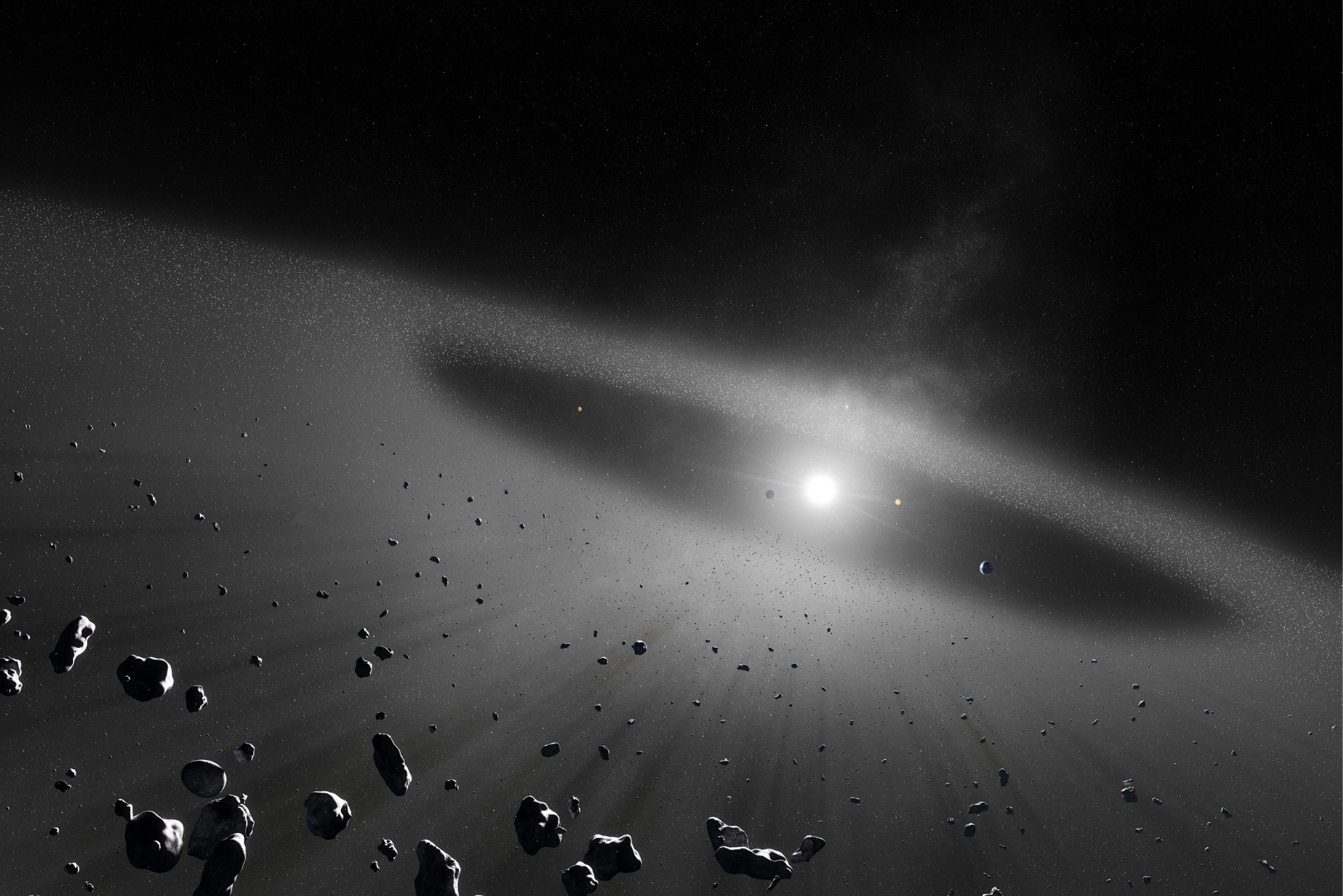Our planet’s past inhabitants were well-aware of just how dangerous space can be to any organisms here on Earth. The dinosaurs can attest to this clearly, were we capable of talking to fossils; the citizens of the ancient city of Tall el-Hammam can most likely attest to it too, given what their city went through 3,600 years ago.
And now that the puck has been passed onto us survivors on Earth today, we must stay vigilant and keep looking out for external threats to the survival of all species on our planet today. True, we have quite a ways to go before we have any hopes of averting an asteroid impact should one come our way; experts are trying their best to develop our defense systems before they arrive, though—just like the DART mission NASA’s scheduled to send out to the binary asteroid Didymos and Dimorphos.
One of our best efforts today in mitigating these space threats—as well as studying these asteroids for insights into our Solar System’s infancy—is the identification of these mysterious rocks, a majority of which are orbiting around the Sun between Mars and Jupiter.
The asteroid belt, shown here in this artistic rendition from artist Pablo Carlos Budassi, is littered with asteroids ranging from the size of grains of sand to true behemoths some 950 km (590 mi) across. (Budassi/Wikimedia Commons, 2020)
Called the asteroid belt, it is home to thousands upon thousands of asteroids and other celestial bodies, ranging in size from the smallest of dust particles to the truly colossal Ceres, a 950-km (590-mi) wide dwarf planet.
Now, in an effort to both watch and study these planets for future endeavors, astronomers, through the European Southern Observatory (ESO), have imaged 42 of the largest asteroids (and one dwarf planet) in this cosmic rubble pile. Their study was published in the journal Astronomy & Astrophysics.
A Cosmic Class Photo
Through the help of the SPHERE instrument mounted onto the ESO’s VLT, astronomers managed to capture high-angular-resolution images of the 42 largest bodies in the asteroid belt. (ESO/M. Kornmesser/Vernazza et al./MISTRAL algorithm (ONERA/CNRS))
To obtain these images in high angular resolution, these astronomers made use of the Spectro-Polarimetric High-contrast Exoplanet Research (SPHERE) instrument mounted atop the ESO’s Very Large Telescope (VLT). This new research helped illuminate other asteroids for study, as previous missions by both NASA and the ESA have only provided high-quality images of three large asteroids: Ceres, Vesta, and Lutetia.
Said Laboratoire d’Astrophysique de Marseille astronomer Dr. Pierre Vernazza: “Only three large main belt asteroids […] have been imaged with a high level of detail so far, as they were visited by NASA’s Dawn and ESO’s Rosetta space missions, respectively. Our ESO observations have provided sharp images for many more targets, 42 in total.”
Naturally, the largest of the 42 objects imaged was the 950-km (590-mi) wide Ceres, who may as well be classified as a dwarf planet like Pluto. (For reference, Pluto is 2,306 km (1,433 mi) in diameter.) Along with Ceres as the second-largest asteroid is the 520-km (323-mi) wide Vesta.
Opposite these two, on the other side of the size scale, are the asteroids Urania and Ausonia; these two asteroids are just some 90 km (56 mi) across. Another asteroid of particular interest is the famous Kleopatra, known for its odd elongated “dog-bone” shape.
Dividing the Class Into Groups
Another image by the ESO shows the relative locations of the 42 imaged asteroids around the Sun at around the time of imaging; the diagram includes the asteroids’ relative positions to planets like Earth and Mars. (ESO/M. Kornmesser/Vernazza et al./MISTRAL algorithm (ONERA/CNRS))
One particular property the astronomers noticed from these 42 asteroids is the fact that their densities vary quite a bit across the spectrum. On one side, the least dense space rocks are barely denser than coal at about 1.3 g/cm3; these include asteroids like Sylvia and Lamberta. On the other side of the bar are the most dense asteroids, reaching 4.4 g/cm3—higher than diamond’s 3.5 g/cm3. One of these dense asteroids is Kalliope.
To Vernazza and team, these variations in density imply a varied origin for these asteroids, and support the theory that denser asteroids actually call the “main” asteroid belt home, while the less-dense ones actually formed further out into the Solar System, and just migrated inwards one way or another.
Said Charles University astronomer and co-author Dr. Josef Hanuš: “Our observations provide strong support for substantial migration of these bodies since their formation. […] In short, such tremendous variety in their composition can only be understood if the bodies originated across distinct regions in the Solar System.”
(To read more on our other cosmic neighbors, check out the Modern Sciences piece on the largest comet ever found—and how it’s heading through the Solar System right now.)
References
European Southern Observatory. (2021, October 12). Meet the 42: ESO images some of the biggest asteroids in our Solar System. European Southern Observatory. https://www.eso.org/public/news/eso2114/
Sci-News. (2021, October 13). Astronomers Capture Images of 42 Large Main-Belt Asteroids. Sci-News. http://www.sci-news.com/astronomy/large-main-belt-asteroids-10163.html
Vernazza, P., Ferrais, M., Jorda, L., Hanuš, J., Carry, B., Marsset, M., Brož, M., Fetick, R., Viikinkoski, M., Marchis, F., Vachier, F., Drouard, A., Fusco, T., Birlan, M., Podlewska-Gaca, E., Rambaux, N., Neveu, M., Bartczak, P., Dudziński, G., … Socha, L. (2021). VLT/SPHERE imaging survey of the largest main-belt asteroids: Final results and synthesis. Astronomy & Astrophysics, 654, A56. https://doi.org/10.1051/0004-6361/202141781











